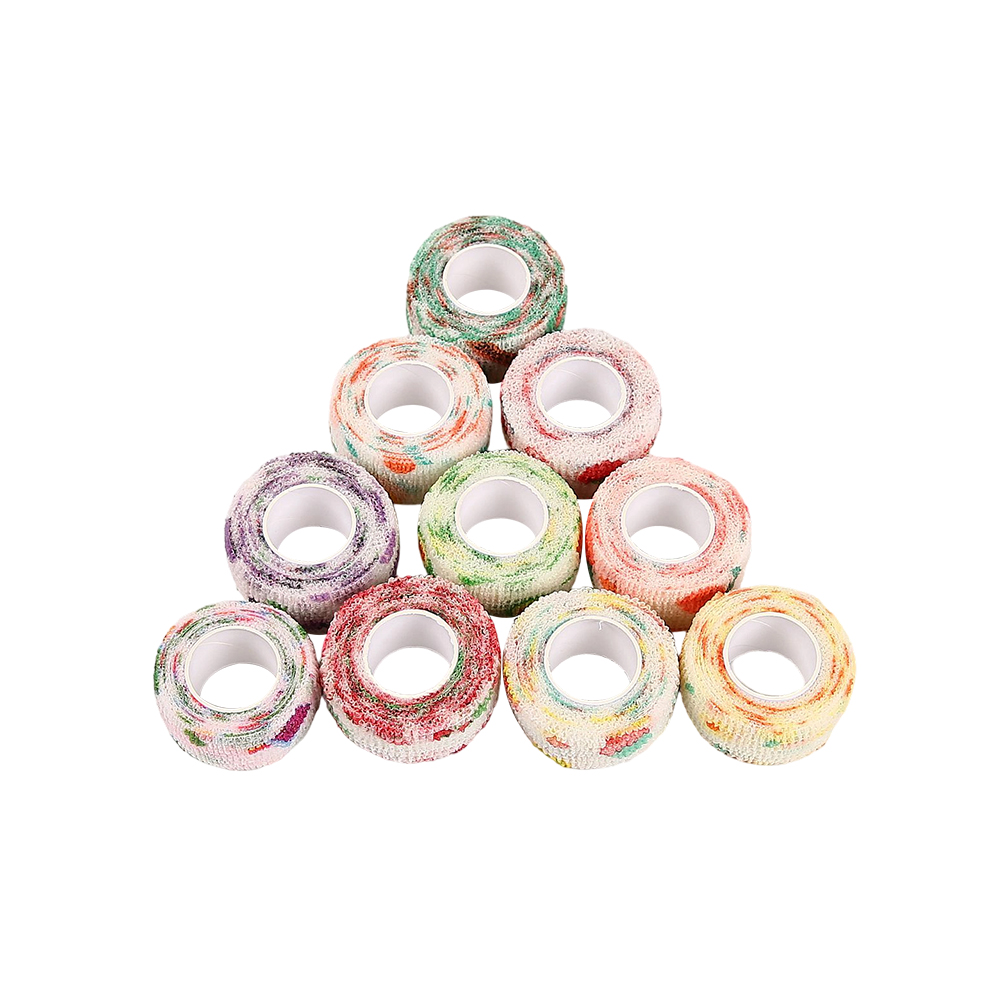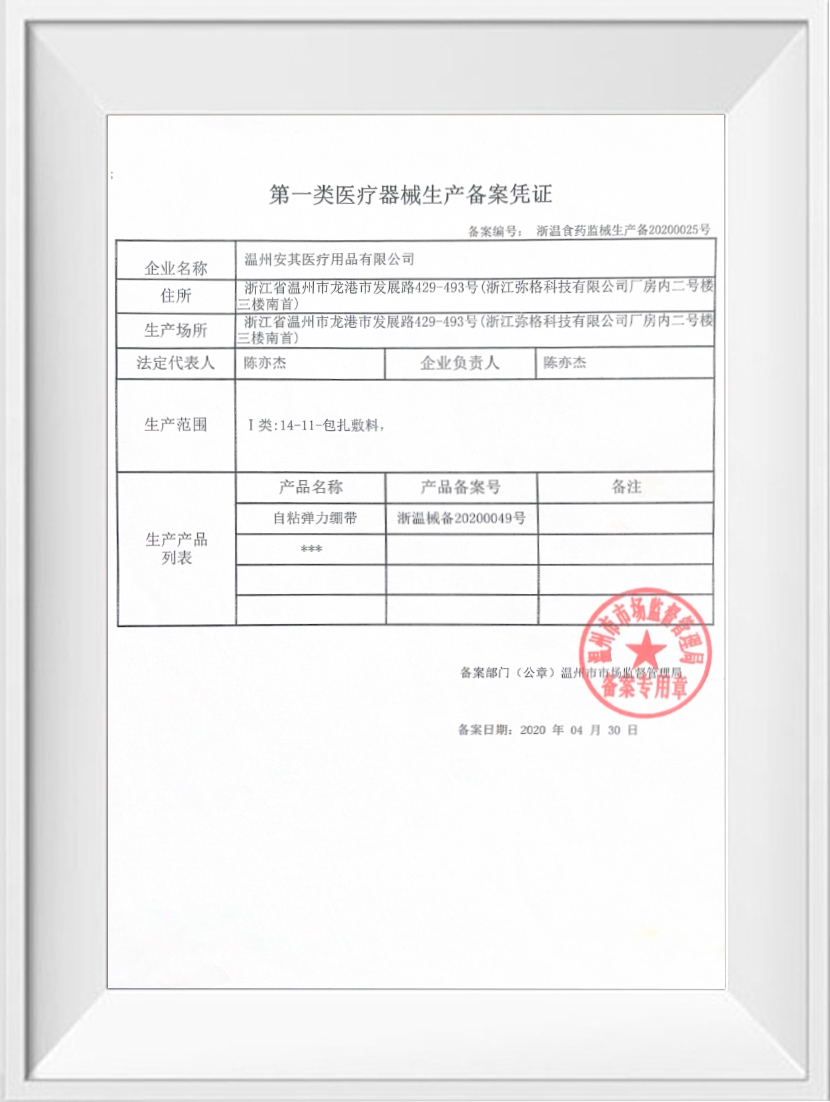Web Menu
Product Search
Exit Menu
We provide quality products and services to customers from all over the world.
Coloring of Cohesive Flexible Bandage Compression Wrap
Cohesive flexible bandage compression wraps are essential tools in modern healthcare, offering reliable support for various injuries, strains, and sprains. These wraps provide compression, reduce swelling, and support the injured area during the healing process. While the function of the bandage is important, the aesthetic aspect of its color is something that is often overlooked. In recent years, the demand for cohesive bandages in a variety of colors has increased, and understanding how and why these wraps are colored can offer valuable insight into their use and appeal.

A cohesive flexible bandage compression wrap is a type of bandage designed to stick to itself but not to the skin or hair. It is commonly used to secure dressings over a wound, provide compression, or support an injury, such as a sprained ankle or wrist. These bandages are elastic, breathable, and comfortable, making them an ideal choice for treating a variety of injuries.
The material used in these bandages typically consists of a non-woven fabric coated with a natural or synthetic rubber adhesive. This adhesive allows the bandage to stick to itself without adhering to other surfaces, which is essential for irritation or discomfort when removed. It is often used in medical settings, athletic therapy, and rehabilitation.
Traditionally, cohesive bandages were available in neutral colors like white, beige, or tan, as these colors were considered professional and suitable for medical settings. However, the rise of colorful options in recent years has brought attention to the idea that color can play a role in the functionality and appeal of medical bandages. Today, you can find cohesive flexible bandage compression wraps in a variety of colors, from bright blues and pinks to more subdued shades of green and black.
There are several reasons why the coloring of cohesive bandages has become more significant over time, and it's not just about aesthetics. Let's explore the various factors influencing the coloring of these medical supplies.
1. Branding and Consumer Preferences
One of the immediate factors influencing the coloring of cohesive flexible bandages is branding. Just like any other consumer product, cohesive bandages are now marketed to appeal to specific demographics, including children, athletes, and even fashion-conscious individuals. Bright and fun colors like neon greens, pinks, and blues are appealing to younger audiences and are often used in sports settings to add personality and flair.
For children, colorful bandages can make a medical treatment seem less intimidating and more fun. This can encourage compliance with the use of the bandage, as it feels less like a traditional "medical" experience. Some brands even offer bandages with fun patterns or themed designs to further enhance the appeal.
In contrast, more neutral colors may still be preferred in professional medical settings. Healthcare providers and institutions may use beige or white bandages to maintain a clean, clinical look, or because these colors are more discreet under clothing. Ultimately, the color of the bandage helps manufacturers cater to different preferences, whether for functional or aesthetic purposes.
2. Psychological Impact and Patient Comfort
The color of a cohesive flexible bandage compression wrap can also have a psychological impact on the patient wearing it. For many, wearing a brightly colored bandage may help lift their mood, especially during the recovery process from an injury. Bright colors can provide a sense of positivity and energy, which may help individuals feel better emotionally, even while dealing with the discomfort of an injury.
On the other hand, for some patients, subtle colors might be preferred if they are concerned about how the bandage will look when wearing it in public. For example, an athlete who has to wear a compression bandage during competition may prefer a color that blends in with their uniform or team colors.
Keep In Touch
No.455 New Town Development Road,Longgang City, Wenzhou City
Copyright © Wenzhou Anqi Medical Supplies Co., Ltd. All Rights Reserved.
Approval No: Zhejiang Wenzhou Food and Drug Administration Machinery Production Filing No. 20200025
The information provided on this website is intended for use only in countries and jurisdictions outside of the People's Republic of China.

 English
English русский
русский 中文简体
中文简体 Español
Español Deutsch
Deutsch عربى
عربى

